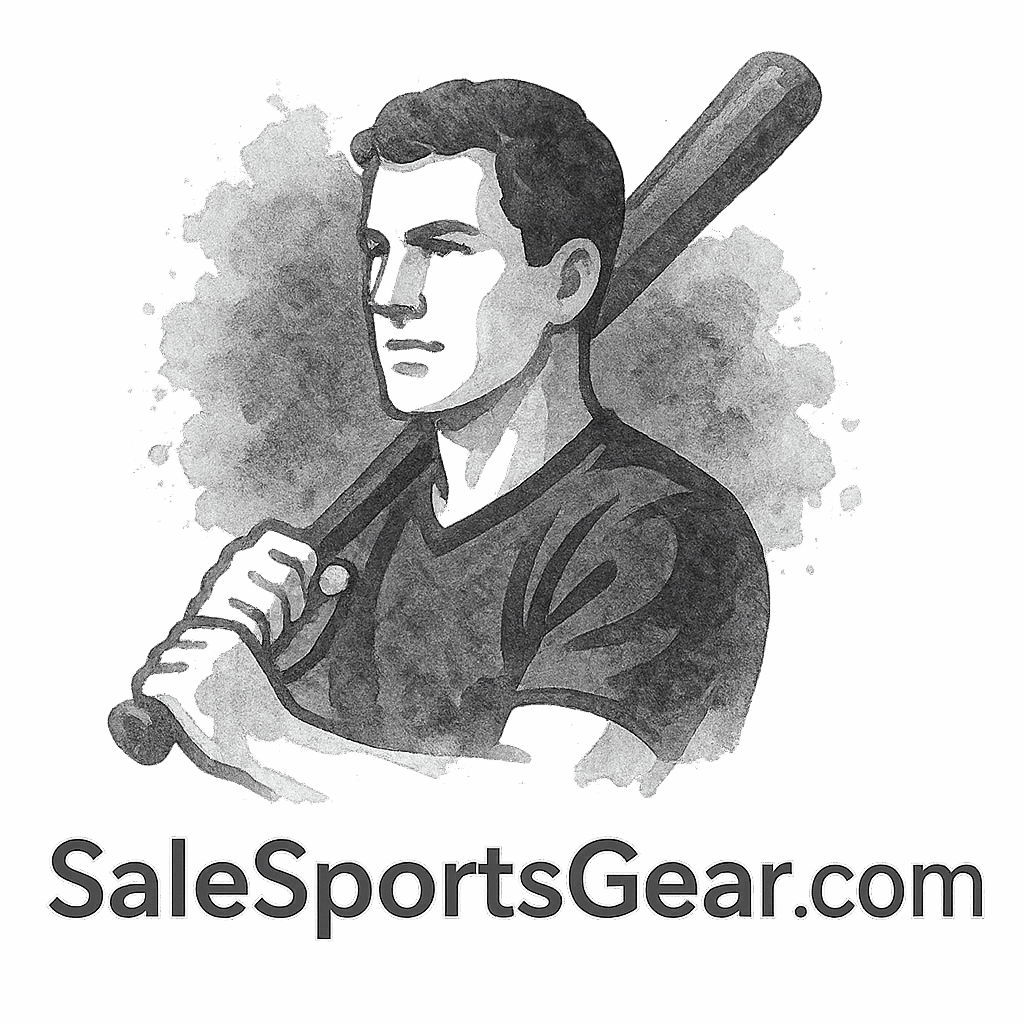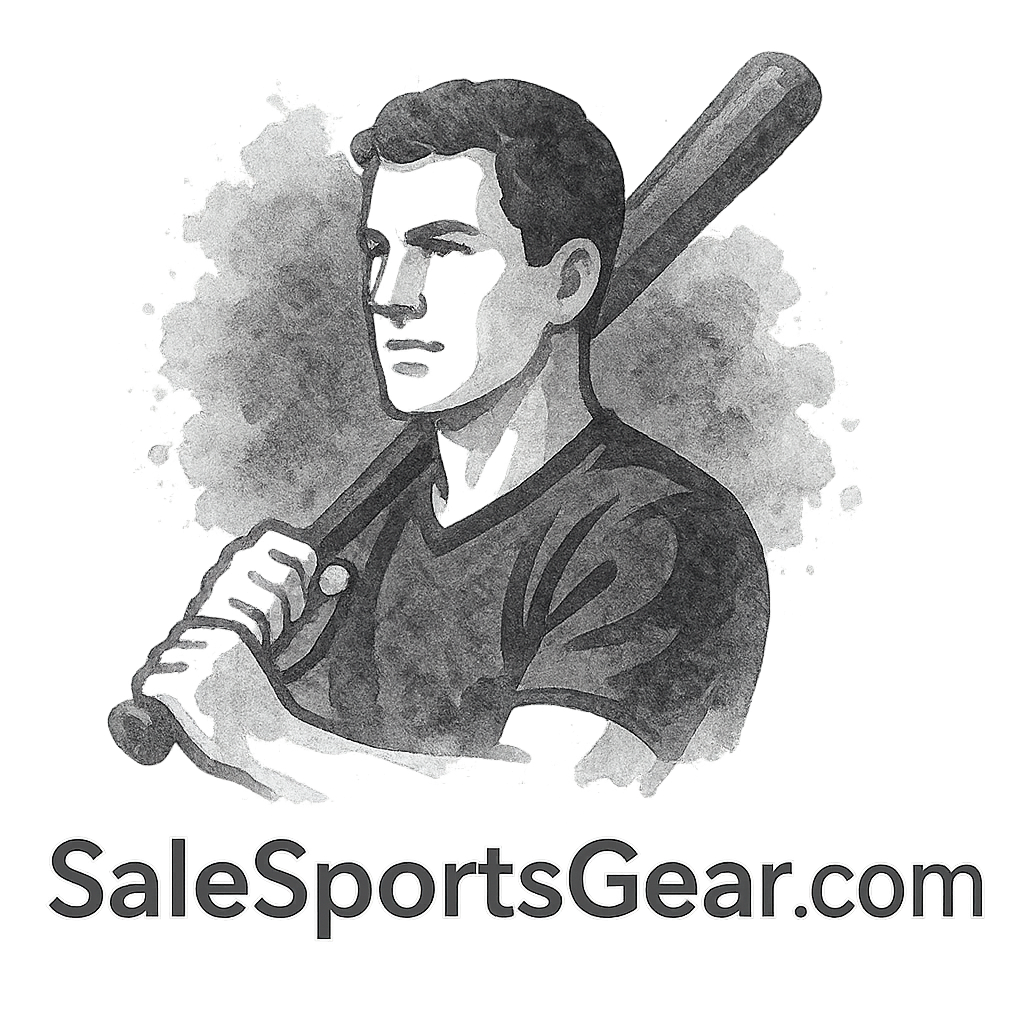Jumping into the world of sports is thrilling—whether you’re picking up a basketball for the first time or heading to your first cycling trail. But before you sprint into action, let’s talk about something most beginners overlook: protective sports gear. Skipping this essential step can turn a fun hobby into a painful memory.
Let’s break down the 7 protective sports gear items beginners should never skip, so you can stay safe, perform better, and enjoy the game longer.
Why Protective Sports Gear Matters for Beginners
Understanding the Risks in Sports
Every sport comes with its fair share of bumps, bruises, and possible injuries. Whether it’s a sprained ankle from a misstep or a concussion from a hard fall, beginners often face higher risk because their techniques aren’t polished yet.
And guess what? Most of these injuries are 100% preventable with the right gear.
How Gear Enhances Confidence and Performance
Wearing proper performance gear isn’t just about dodging injuries. It builds confidence. When you feel protected, you’re more likely to give your best. And for beginners, that psychological edge makes all the difference.
Find more performance gear here to boost your training safely.

1. Helmets: Your First Line of Defense
Sports Where Helmets Are Essential
If you’re getting into cycling, skateboarding, hockey, football, or snowboarding—never skip the helmet. It protects your most valuable asset: your brain.
Internal damage isn’t always visible, and helmets are designed to absorb impact before your skull does.
Check out sports gear by type for a wide variety of head protection.
Key Features of a Good Helmet
- Snug but comfortable fit
- Ventilation to keep you cool
- Certification from safety authorities like ASTM or CPSC
Looking for winter-specific helmets? Visit the winter gear section for specialized options.
2. Mouthguards: Small Gear, Big Protection
Why Every Athlete Needs One
One wrong hit can cost you thousands in dental bills. Whether you’re into basketball, martial arts, or football—a mouthguard is non-negotiable.
Not only does it protect your teeth, but it also prevents jaw injuries and even concussions by absorbing shock.
Best Practices for Fitting and Maintenance
- Go for boil-and-bite or custom-fit options
- Clean after every use to prevent bacteria buildup
- Replace if it starts to crack or lose shape
Browse our top-rated accessories to add this little life-saver to your kit.
3. Knee and Elbow Pads: Cushion the Impact
Ideal for Contact and Extreme Sports
Beginners in sports like skateboarding, rollerblading, and hockey must never overlook knee and elbow pads. You’re likely to fall—so cushion the blow.
Pads can prevent fractures, scrapes, and long-term joint issues.
How to Choose the Right Pads
- Look for hard-shell outer padding
- Choose adjustable straps for a snug fit
- Lightweight materials for freedom of movement
Check the sports equipment catalog to gear up smart.
4. Protective Eyewear: Shielding Your Sight
Sports That Pose a Risk to Vision
Think about racquet sports, basketball, or baseball—a ball to the face isn’t just painful, it’s dangerous. That’s where protective eyewear comes in.
For kids and adults alike, youth gear includes great protective options.
What to Look For in Quality Eyewear
- Shatterproof lenses (polycarbonate)
- Anti-fog coating
- Comfortable headbands or temple grips
Explore sports gear for kids for child-specific designs.
5. Gloves: Grip, Comfort, and Injury Prevention
The Role of Gloves in Different Sports
From baseball to cycling, gloves provide better grip, prevent blisters, and reduce wrist injuries.
In weightlifting, they also help you maintain form and control.
Material Matters: Choosing the Right Fit
- Padded palms reduce impact
- Breathable fabrics prevent sweat buildup
- Velcro straps offer wrist support
Visit the athlete tools section to discover gloves tailored for your sport.
6. Shin Guards: An Underrated Necessity
Especially Crucial in Soccer and Martial Arts
Kicking sports mean one thing: bruised shins. Shin guards are often skipped by beginners but can prevent painful contusions and fractures.
Correct Fit and Placement Tips
- Should cover from just above the ankle to below the knee
- Stay firmly in place with straps or sleeves
- Not too bulky—you still need mobility
Check out our curated sports gear by sport for more tailored protection.
7. Compression Gear: More Than Just Tight Clothing
Enhancing Circulation and Reducing Fatigue
Compression wear helps with blood flow, muscle recovery, and injury prevention. It’s ideal for running, cycling, and even court sports.
When Beginners Should Start Using Compression Wear
Start early. Even light activity can cause micro-tears in muscles, and compression clothing helps reduce that.
Visit our high-performance sports accessories for top picks.
Mistakes to Avoid When Shopping for Protective Gear
Buying Based on Price Alone
Cheap isn’t always smart. Compromising on protection to save a few bucks can cost you in medical bills or game time.
Ignoring Sport-Specific Features
Each sport has unique demands. What works for a cyclist won’t work for a boxer. Use the sports gear by type guide to find what fits your sport best.
Where to Shop High-Performance Sports Accessories Online
Ready to gear up the right way? Explore all your needs at:
- 🌟 Salesportsgear.com
- 🧤 High-Performance Sports Accessories
- ❄️ Seasonal Sports Gear
- 🧒 Sports Gear for Kids
Your safety, comfort, and performance all start with the right gear.
Conclusion
Whether you’re a young athlete just starting out or an adult jumping into a new sport, one thing remains true: protection is key. Skipping protective gear as a beginner isn’t just risky—it can set you back physically and mentally. The seven items listed here are non-negotiable for anyone who values safety, performance, and a great time on the field.
So, gear up smart, and let the game begin.
FAQs
1. Can I skip protective gear if I’m only doing light workouts?
Even light sports carry risk. Protective gear ensures you stay injury-free and gain confidence.
2. Are expensive helmets better than budget ones?
Not always, but quality matters. Look for certified helmets from reputable brands.
3. How often should I replace my mouthguard?
Every season or sooner if it shows wear, cracks, or doesn’t fit well anymore.
4. What’s the best sport to start with for kids?
Soccer and basketball are great starter sports—just make sure they wear proper youth protection gear.
5. Should compression wear feel super tight?
No, it should be snug but comfortable. If it restricts movement or blood flow, it’s too tight.
6. How do I clean my sports gloves?
Most can be hand-washed in cold water with mild soap. Always check the label.
7. Where can I find all-in-one starter kits for beginners?
Visit Salesportsgear.com and explore accessories and performance gear bundles made for beginners.


